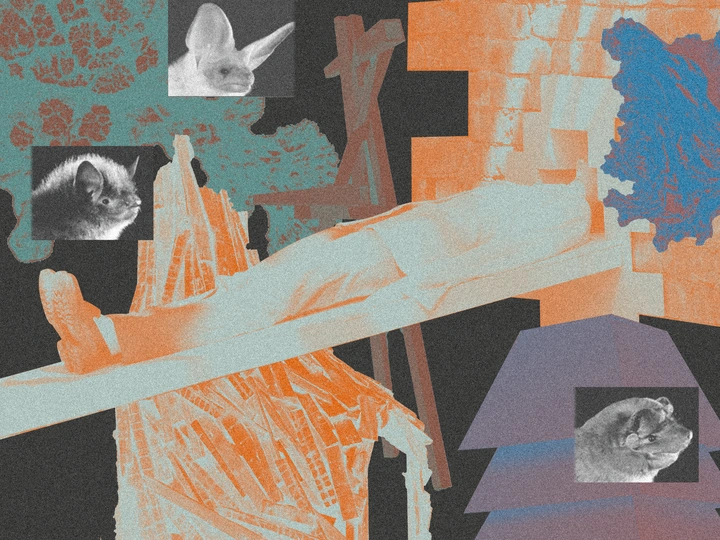Urban Bats School

Rūta Jumīte
Collective Fabula funders are Tīna Alise Drupa and Rūta Jumīte.
Tīna is a multispecies storyteller, researcher, social engagement designer, and facilitator. She holds degrees in Human Ecology from College of the Atlantic in Maine and Design from the Art Academy of Latvia. She teaches Speculative Design course at the Art Academy of Latvia, organises summer schools and actively facilitates learning projects in Netherlands, Switzerland, Germany, USA. Tina also explores her interests through text for international journals (Robida, It’s Freezing in LA!, Tvērums, etc).
Rūta is a multidisciplinary designer focusing on regenerative design, emerging pedagogies, research, and graphic design. Rūta holds a Master’s degree in “Creative Sustainability” from Aalto University in Finland and has been awarded the Latvian Design of the Year Award in both 2023 and 2024. She actively collaborates with major local art and culture institutions in Latvia, and works as an ecocentric designer for projects in Finland, Argentina and Denmark. Rūta teaches design research at the Art Academy of Latvia and leads an international Design Summer School.
Urban Bats School emerges from an urgent curiosity about how urban environments shape and are shaped by the species with whom we share space. Rooted in critical sustainability discourse, our project explores bats as indicators of ecological health and as agents who challenge how cities are planned, perceived, and inhabited. The school in 2025 was a site-specific exploration at post-industrial territory Veldze, in Riga, Latvia.
Bats are a unique species surrounded by myths and pop culture, as well as they hold importance for local biodiversity. Although the human-made urban environment seems unsuitable due to noise and light pollution, bats have always coexisted with humans. They have found shelter in building cracks, attics, and park trees. Their presence is a reminder that the city is a shared home for both humans and other species.
During the Urban Bats School 2025, students of design, biology, and environmental sciences worked in multidisciplinary groups and explored innovative methods that critically and creatively address climate and biodiversity crises locally, beyond the human-centered approaches. They explored multispecies system thinking, regenerative design principles and speculative design. Students engaged in placemaking and built on-site interventions that help communicate the complexities of urban ecology with hope and care.
Among the project’s most successful aspects is its interdisciplinary engagement, making ecological knowledge tangible and embodied. Participants have reported transformative experiences, shifting perceptions of urban spaces and the design process itself.
Looking forward, we envision expanding this project into a model adaptable for different cities, contributing to urban biodiversity strategies and fostering deeper empathy toward nonhuman urban life. For us, spatial practices are a tool for shaping more-than-human futures, where cities are designed not only for people but also for those who fly above us at night.